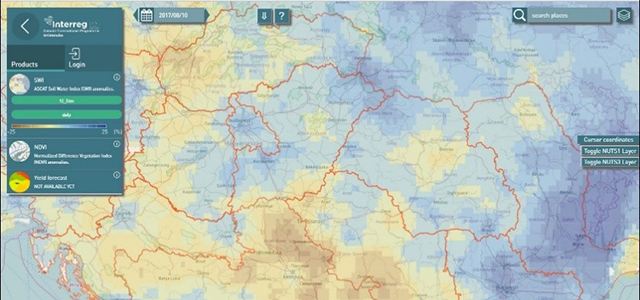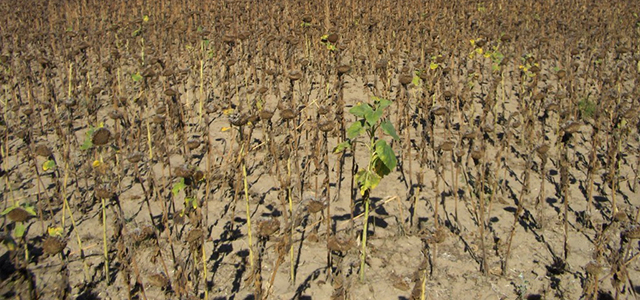GWP Central and Eastern Europe was the first region that implemented the global GWP/WMO Integrated Drought Management Programme (IDMP) in 2013. The IDMP comprises three main pillars - monitoring & early warning, vulnerability and impact assessment and mitigation, preparedness and response. It emphasises the proactive drought management and preparedness over traditional reactive responses, after drought happens.
The first phase of the IDMP in Central and Eastern Europe (IDMP CEE) from 2013-2016 was focused on regional cooperation, implementation of innovative demonstration projects and building the capacity of governments to develop drought management plans through a series of national dialogues and policy guidelines. The results of the first phase are summarised in the “Compendium of Best Practices” report.
In 2017, the second phase started with a renewed emphasis on the improvement of drought risk preparedness, proactive management and enhanced cooperation of key national and regional level actors to ensure the application of drought management in an integrated way. We welcomed new partners and stakeholders - hydrometeorological services, government agencies and authorities, as well as farmers as end users.
The second phase is also following the three-pillar approach, however the programme embeds Interreg projects to capitalise on their results and achieve synergies with the global programme. These projects, developed with the support of the IDMP CEE are DriDanube and FramWat, co-funded by Danube Transnational Programme and the Interreg Central Europe.
The main objective of DriDanube project(2017-2019) is to increase the capacity of the Danube region to manage drought related risks. FramWat project (2017-2020) aims to strengthen the regional common framework for floods, droughts and pollution mitigation by increasing the buffer capacity of the landscape.
Overview of the progress in last year
Pillar 1: Monitoring & Early Warning
Drought User Service tool which enables more accurate and efficient drought monitoring for the entire Danube region. This innovative tool integrates all available data sets, including large volume of remote sensing data. It providesfast and high precision monitoring, forecasting and response for authorities during the development of drought.

Pillar 2: Vulnerability and impact assessment
The extent of the potential negative impact of the drought on the ecosystems and society underlines a need for monitoring, and better understanding of this phenomenon. Researchers usually consider only drought indicators to get the picture of the current drought situation, however, they don’t have information about what is really happening “on the ground”. Therefore, DriDanube project partners arecollectingdata on impacts “from the ground” through their network of field reporters to better understand the current drought condition.

Pillar 3: Mitigation, Preparedness and response
Natural small water retention measures are adaptive measures, which provide ecosystem services for landscape to better cope with climate extremes. They can retain water in the land during rainy periods and slows down flood waves during flood periods. In the first phase one of the IDMP CEE, one of the demonstration project resulted in the development of guidelines, case studies, video and online lecture on small water retention measures. These results will be further developed in the FramWat project to support decision making in choosing best location, assess the effectiveness and provide policy guidance.
IDMP CEE was instrumental in the development of the Drought Action Plan that was adopted by the Government of the Slovak Republic in March 2018. The plan focuses on proactive drought management and introduces a set of medium term measures to maximise water retention in river basins, forest, agricultural land and urban areas.
In cooperation with the EU Strategy for the Danube Region, IDMP CEE reviews relevant EU policies fromdroughts and water scarcity perspective. In the first phase, a joint expert team reviewed Water Framework Directive, whilein 2018, such connections will be analysed in other policies related to nature protection and biodiversity, agriculture, energy,transport, etc.
IDMP CEE is a key regional programme promoting proactive water management. Since its implementation in 2013, it provided practical policy advice and established links between policy and practice among stakeholders and partners in the Central and Eastern Europe. It also contributes to implementation of global processes, such as UN Agenda 2030, Paris Agreement, Sendai Framework for Disaster Risk Reduction and the UN Convention to Combat Desertification.
Photo 1: Drought User Service, DriDanube 2018
Photo 2: Drought Network Reporters, DriDanube 2018
